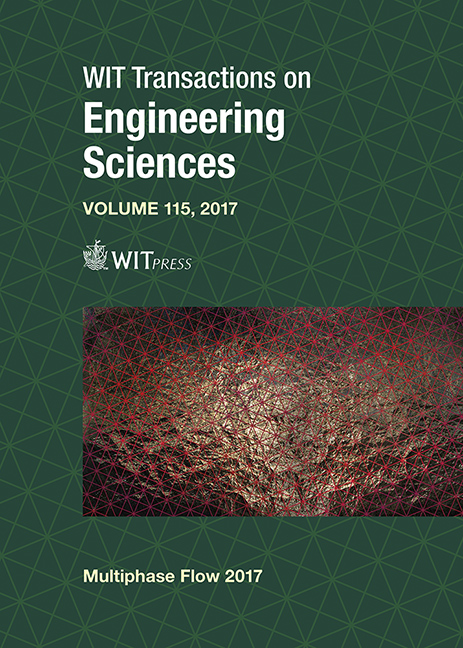AN EMPIRICAL VERSUS ANALYTICAL APPROACH FOR MODELLING BIOFILM GROWTH IN BIOFILTERS
Price
Free (open access)
Transaction
Volume
115
Pages
10
Page Range
143 - 152
Published
2017
Size
534 kb
Paper DOI
10.2495/MPF170151
Copyright
WIT Press
Author(s)
JACOLINE VAN JAARSVELD, SONIA WOUDBERG
Abstract
In this study, experimental pressure drop data obtained for a biofilter containing expanded schist as packing material is used in order to characterize the packed bed properties. The biofilter was operated over a period of 106 days. Two modelling approaches were used: an empirical and an analytical approach. In the empirical approach the pressure drop prediction of the modified-Macdonald model, Representative Unit Cell (RUC) model and the model of Comiti and Renaud are used to determine the biofilm affected porosity, specific surface area and tortuosity. This was done by using Excel® Solver which is based on an optimization method. In the analytical approach the biofilm thickness is incorporated into the RUC model and used to predict the specific surface area, as well as the pressure drop. The effect of particle sphericity on the pressure drop is also investigated. The results obtained by the two modelling approaches are compared and analysed. The suitability of the three models used in the biofilter analysis is also determined based on the accuracy of predictions compared to the experimental data.
Keywords
granular, porous media, pressure drop, modelling, biofilm, biofilter, porosity, specific surface area, tortuosity, sphericity





